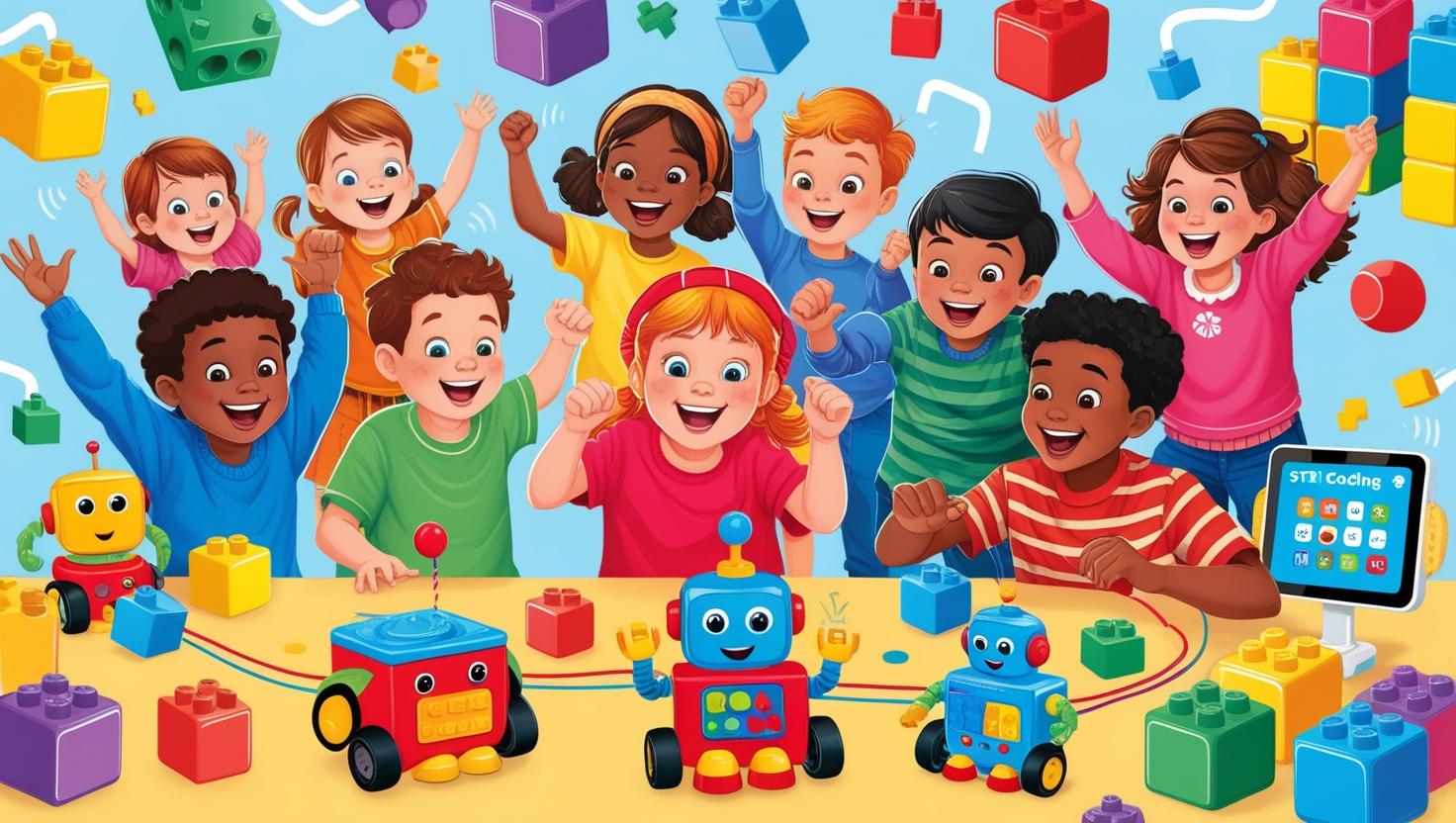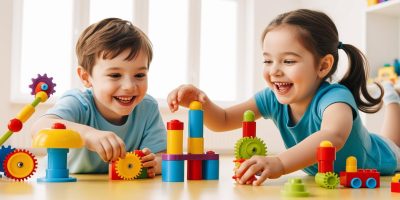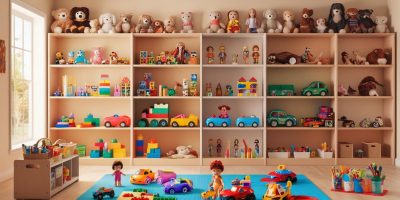Does your child learn best when they’re moving, building, or getting their hands into something messy and fun? If so, you likely have a kinesthetic learner—someone who thrives on doing rather than watching or listening. These active learners need more than just flashcards and screens; they need tools they can physically interact with to truly grasp concepts.
STEM toys can be an incredible way to engage kinesthetic kids, especially when those toys are designed to channel that energy into building, experimenting, and exploring the world around them. Below are some of the best STEM toys in 2025 that keep little hands busy and brains engaged.
1. K’NEX Education STEM Explorations
This building set encourages kids to construct everything from bridges to machines while learning about force, motion, and structural engineering.
2. Snap Circuits Junior
Kids can physically snap together circuits to light up bulbs, spin fans, and more. It’s a tactile introduction to electrical engineering that’s also incredibly fun.
3. National Geographic Mega Science Kit
Perfect for kids who love to touch and explore. It includes multiple experiments—from volcanoes to crystal growing—that make science a full-body experience.
4. Botley 2.0 the Coding Robot
No screens required. This coding toy lets kids move pieces, plan actions, and watch their commands come to life, offering a physical way to learn logic and programming.
5. ThinkFun Gravity Maze
A marble-run logic game that challenges kids to build 3D paths with their hands, combining tactile play with spatial reasoning.
Why Kinesthetic Learners Love These STEM Toys
- They involve movement and manipulation. These toys engage both the mind and the muscles.
- They reward experimentation. Trial and error is encouraged, not penalized.
- They support deep learning. Hands-on exploration cements abstract concepts through experience.
Tips for Parents of Kinesthetic Learners
- Give your child space to move and explore.
- Look for toys that require construction, real-world problem-solving, or physical interaction.
- Don’t be afraid of a little mess—it usually means real learning is happening.





